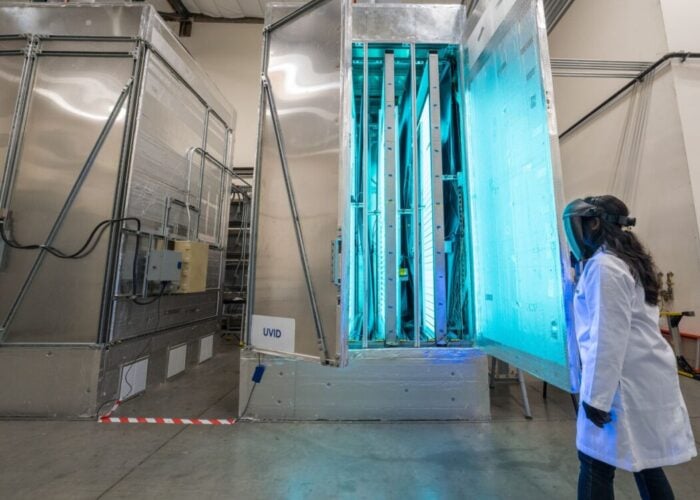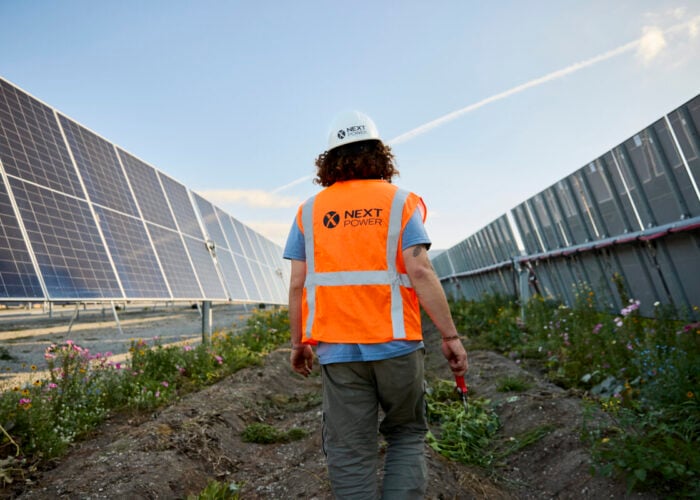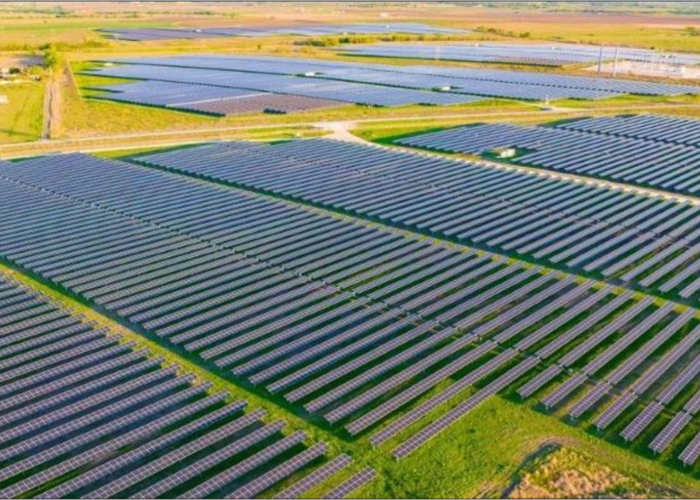Israel-headquartered SolarEdge has said that its new technology, HD Wave, which the company claims dramatically reduces the magnetic and cooling elements of a PV inverter, would have won the prize endowed by Google to find a compact solution for inverters.
SolarEdge, which made its name in power optimisers for PV systems and has diversified into a number of related areas, including whole system solutions and becoming one of only two inverter makers so far to be compatible with Tesla’s forthcoming Powerwall, launched HD Wave early in September.
Try Premium for just $1
- Full premium access for the first month at only $1
- Converts to an annual rate after 30 days unless cancelled
- Cancel anytime during the trial period
Premium Benefits
- Expert industry analysis and interviews
- Digital access to PV Tech Power journal
- Exclusive event discounts
Or get the full Premium subscription right away
Or continue reading this article for free
In July 2014, internet search giant launched “Little Box”, a competition with a US$1 million cash prize for designs that bring down the size of a PV inverter to one-tenth of the current size. Analyst Cormac Gilligan of IHS, who blogged for PV Tech about that competition as it got underway, also told us last week that SolarEdge’s HD Wave inverters achieved many of the aims that the “Little Box” competition had set out to achieve.
According to SolarEdge, by reducing the need for mechanical components, a typical inverter that weighed 22kg previously could be pared down to just 9.5kg. Speaking to PV Tech yesterday, Lior Handelsman, one of the company’s founders and VP of marketing and product strategy, explained further and replied to Gilligan’s comment on the product. He said that initial reactions to the product were good, although he was aware that people would probably rather see themselves before believing it. Currently at the All Energy Show in Australia, the company will be exhibiting at the Solar Energy UK show in Britain next week, hosted by PV Tech’s publisher Solar Media, where visitors can see the HD Wave for themselves.
“I believe that HD Wave, if we would have submitted it to the Google award, we probably would have won! We didn’t submit it, by the way,” Handelsman said.
“Some of the people I’ve spoken to were very enthusiastic, others were very sceptical whether we could make good on everything we said. At this show itself, you will have the chance to see the inverter, to see the actual size and feel the weight.”
Handelsman said the devices will weigh less than 10kg for a 7.6kW AC inverter and reiterated a claim that the “very small, very competitive” HD Wave brings PV system efficiency up to 99%. By reducing the amount of mechanical parts and hefty metal elements such as cooper, iron and aluminium, Handelsman said the point was to replace those where possible with electronics, managed by algorithms that instead served the same purpose as much of the switching architecture. SolarEdge claim HD Wave reduces magnetics by a factor of 16 and aluminium parts by a factor of 2.5.
In a wide-ranging discussion, Handelsman also confirmed that the SEUK show next week will see SolarEdge showcase its PV system platforms in combination with the Tesla Powerwall battery. Asked for his impressions on a UK market for energy storage, Handelsman reflected on recent conversation with installers.
“We spoke to many many installers. Many feel storage is a good way to have an offering in the world of declining incentives. I’m not sure yet how the numbers will click together, but we are working with a lot of the players to understand more.
“We still believe in the UK market,” Handelsman added. In addition to HD Wave and the Tesla battery-linked system, SolarEdge will be presenting a new commercial inverter line “not HD Wave, but still very small and cost-competitive,” according to Handelsman, as well as a number of other non-inverter or optimiser products.






